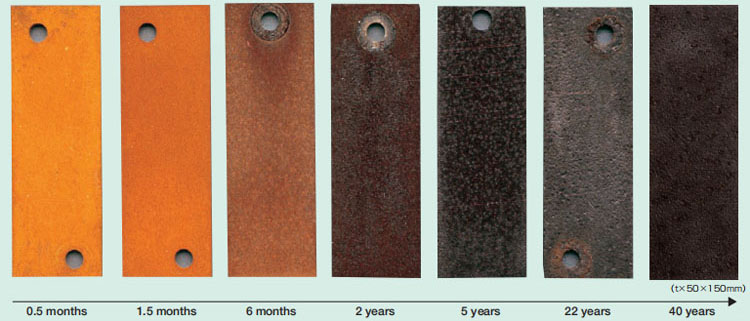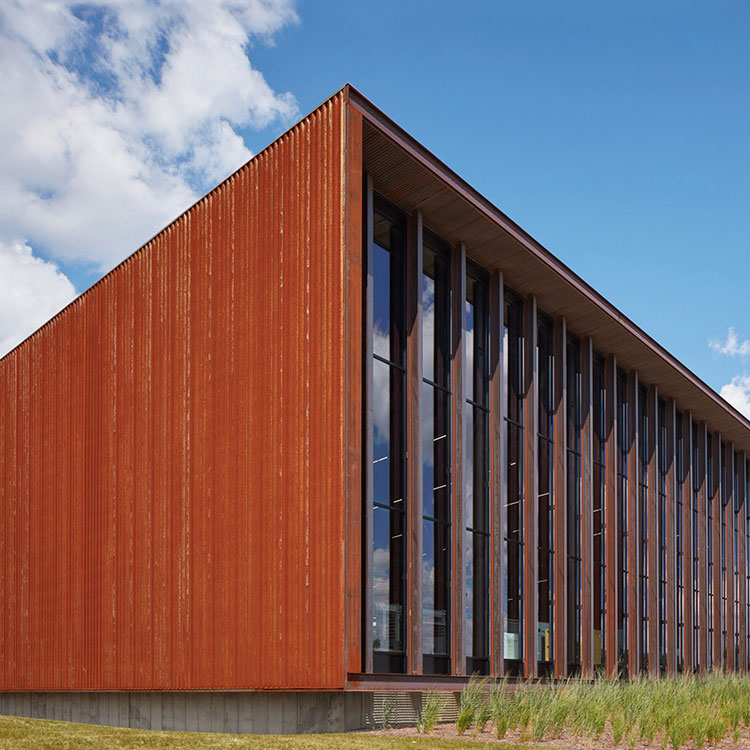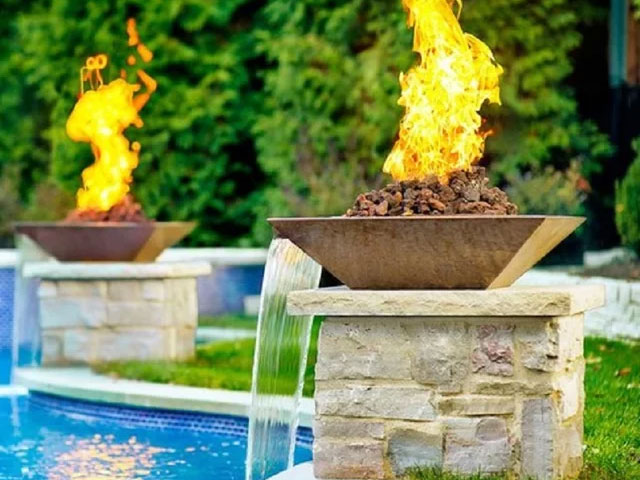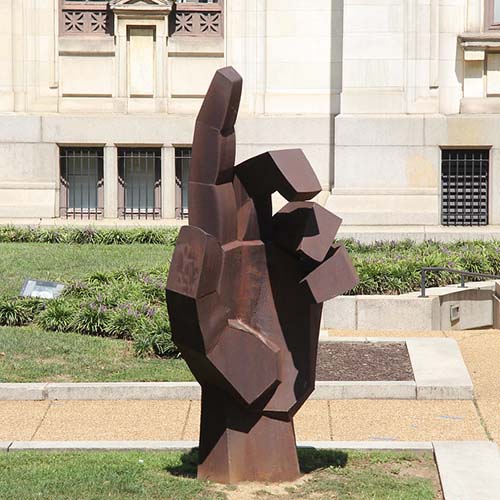
1
Free Quote
Corten steel is a popular material in architecture, landscaping, and sculpture due to its unique and distinctive appearance. Unlike traditional steel, corten steel undergoes a process of oxidation that gives it a rusty, weathered appearance, while also providing a layer of protection against further corrosion. In this article, we will explore the science behind the formation of the patina on corten steel and its unique properties.
Understanding the Oxidation Process of Corten Steel
Corten steel is made up of alloys such as copper, chromium, nickel, and phosphorus, which give it a unique composition and properties that allow it to withstand harsh weather conditions. When exposed to the elements, the steel reacts with oxygen in the air, resulting in a chemical reaction called oxidation. This reaction forms a layer of iron oxide, which gives corten steel its signature rusty appearance.
The layer of iron oxide that forms on the surface of corten steel acts as a protective barrier against further corrosion, which is one of the reasons why it is so popular in outdoor applications. The patina that develops on the surface of corten steel can range in color from orange to brown to red, depending on a variety of factors such as the climate, exposure to moisture and sunlight, and the composition of the steel itself.

The Unique Properties of Corten Steel's Oxidized Surface
One of the most remarkable properties of the oxidized surface of corten steel is its durability and resistance to corrosion. While traditional steel will eventually rust and corrode when exposed to the elements, corten steel's protective layer of iron oxide prevents further corrosion and extends the lifespan of the material. This makes it an ideal material for outdoor sculptures, architectural facades, and landscaping.
In addition to its durability, the oxidized surface of corten steel also has a unique aesthetic quality that is highly sought after in design and architecture. The rich, textured appearance of the patina is a testament to the natural processes that shape our environment and provides a visual connection between the built environment and the natural world.



Conclusion
Corten steel's distinctive appearance is due to the oxidation process that occurs on its surface, resulting in a layer of iron oxide that gives it a rusty, weathered appearance. The patina that develops on the surface of corten steel not only provides a unique aesthetic quality but also acts as a protective barrier against further corrosion. The durability and resistance to corrosion of corten steel make it a popular choice for outdoor sculptures, architectural facades, and landscaping. Understanding the science behind the formation of the patina on corten steel can help to appreciate its unique properties and importance in contemporary design and architecture.
Contact us to enquire about any of our pieces, or to take the first step in collaborating with us to create your metal masterpiece.
Email Us